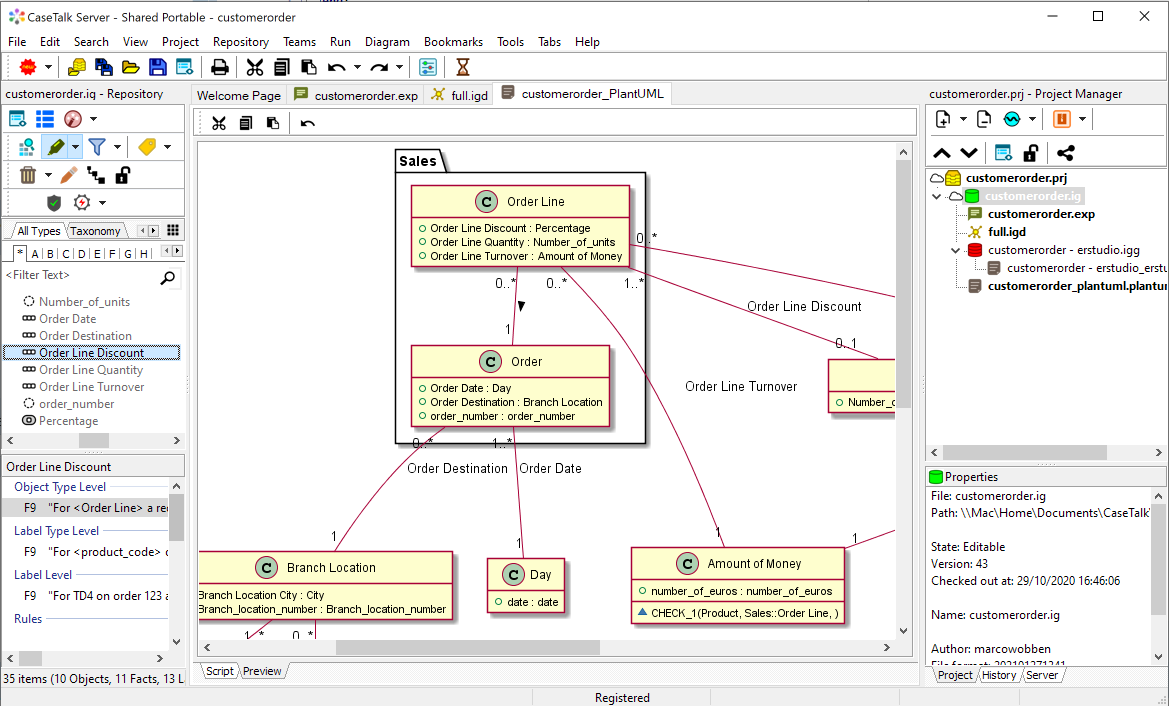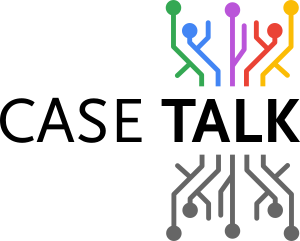While a fact-oriented approach such as FCOIM offers several advantages for generating UML Class Diagrams, there are still scenarios where manually crafting a UML Class Diagram might be preferred:
-
Simplicity and Quick Prototyping: For small-scale systems or during the initial stages of system design, manually crafting a UML Class Diagram can be quicker and simpler than using a formal modeling approach like FCOIM. It allows for rapid prototyping and exploration of design ideas without the overhead of creating a detailed fact model.
-
Informal Communication: In some cases, a manually crafted UML Class Diagram can serve as a more informal and intuitive communication tool. It may be easier for stakeholders, especially those less familiar with formal modeling techniques, to understand and provide feedback on a visually simple diagram.
-
Ad Hoc Changes: When making ad hoc changes or iterations to a design, manually editing a UML Class Diagram can be more straightforward than modifying a structured fact model. This flexibility can be advantageous during the early stages of design refinement.
-
Educational Purposes: For educational purposes or training sessions, manually crafting UML Class Diagrams can help students or participants grasp fundamental concepts of object-oriented design without delving into complex modeling methodologies.
-
Tool Limitations: In environments where access to sophisticated modeling tools or platforms is limited, manual diagramming using tools like drawing software or even pen and paper can be a practical alternative.
-
Specific Notation Requirements: In some contexts or industries, there may be specific notation or diagramming standards that are best accommodated through manual crafting of UML Class Diagrams.
-
Non-standard Concepts: If the system being modeled involves non-standard or unconventional concepts that are challenging to represent using a fact-oriented approach, manual diagramming may provide more flexibility in expressing these concepts.
conclusion
It's important to note that while manual diagramming has its benefits, it also has limitations in terms of scalability, consistency, and traceability compared to formal modeling approaches like FCOIM. Therefore, the choice between manual crafting and using FCOIM depends on factors such as the complexity of the system, the need for precision and consistency, the target audience, and the available tools and expertise.
Overall, leveraging a fact-oriented approach like FCOIM can enhance the quality, accuracy, and maintainability of UML Class Diagrams compared to manual diagramming methods. It aligns well with modern software engineering practices that emphasize precision, clarity, and automation in system design and modeling.



